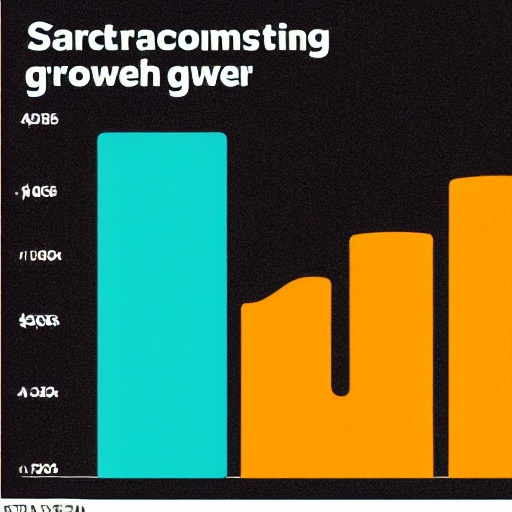
What factors have contributed to Adyen’s slowest revenue growth?
One factor that has contributed to Adyen’s slowest revenue growth is increased competition from other players in the fintech industry. Adyen faces challenges from competitors like Stripe, which offers lower rates and dominates the lucrative U.S. market. This increased competition has put pressure on Adyen’s growth and market capitalization. Additionally, customers cutting back on costs and seeking cheaper payment solutions have also impacted Adyen’s revenue growth. As businesses look for more cost-effective options, Adyen has had to adjust its pricing strategies, which has affected its revenue growth.
How does Adyen’s expansion into banking services align with the increasing competition in the fintech industry?
Adyen’s expansion into banking services aligns with the increasing competition in the fintech industry by allowing the company to offer additional services and cater to the evolving needs of businesses. With the rise of digital banking and fintech startups, traditional banks are facing stiff competition. By entering the banking services sector, Adyen can provide a comprehensive financial solution to its customers, enhancing its value proposition and differentiation from competitors. This move also allows Adyen to leverage its transaction data and existing infrastructure to provide innovative and tailored banking solutions, giving it a competitive edge in the market.
What strategies has Adyen implemented to prioritize functionality and value in order to remain a top choice for businesses?
To remain a top choice for businesses, Adyen has implemented several strategies to prioritize functionality and value. One strategy is a focus on delivering a seamless payment experience through its platform. Adyen ensures that its payment solutions are easy to integrate, provide fast and secure transactions, and support various payment methods. This focus on functionality enhances the user experience and makes Adyen an attractive option for businesses. Additionally, Adyen continuously invests in innovation and technology to stay ahead of the curve and offer cutting-edge payment solutions. By prioritizing functionality and staying at the forefront of industry trends, Adyen maintains its position as a preferred payment partner for businesses.
Full summary
Adyen, a Dutch payments firm, has experienced a significant drop in market capitalization after reporting its slowest revenue growth. The company faces challenges from competitors offering lower rates and from customers cutting back on costs. Despite these challenges, Adyen remains a top player in the fintech industry.
In order to provide a more comprehensive overview, it is important to examine Adyen's competitors and their strategies. Adyen's main competitor, Stripe, focuses on serving smaller businesses, allowing them to take a larger portion of each sale. Additionally, Stripe dominates the U.S. market, which is known for its high revenue potential. Stripe's valuation of $55 billion is higher than Adyen's $44 billion public trading valuation. However, despite the pressure from competitors, Adyen continues to prioritize functionality and value, making it a top choice for many businesses.
To add further depth and credibility to this article, it would be valuable to include quotes or insights from industry experts. Their perspectives could shed light on Adyen's current situation and provide additional context for readers.
In terms of future plans and initiatives, Adyen is expanding its business into banking services, targeting small and medium-sized businesses. This move is driven by the increasing competition in the fintech industry and the opportunity to provide additional services to Adyen's large marketplace customers. The company's banking products, such as multi-currency bank accounts, corporate credit cards, short-term cash advances, and instant business loans, will initially be available in Europe and the U.S. Adyen's access to transaction data and existing infrastructure position the company well to offer these banking services.
Finally, to enhance readers' understanding of Adyen's performance, it may be beneficial to include statistical data or charts. These visual representations can illustrate Adyen's market trends and financial standing, providing readers with a clearer picture of the company's current position.
In conclusion, Adyen is facing challenges from competitors and cost-cutting customers. However, the company remains a top player in the fintech industry, prioritizing functionality and value. With its expansion into banking services and a commitment to innovation, Adyen is poised to navigate the evolving landscape of the payments industry.







